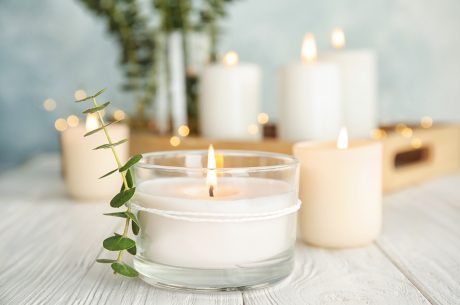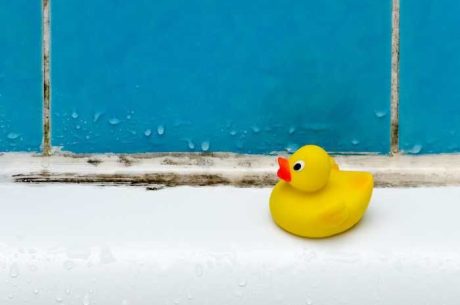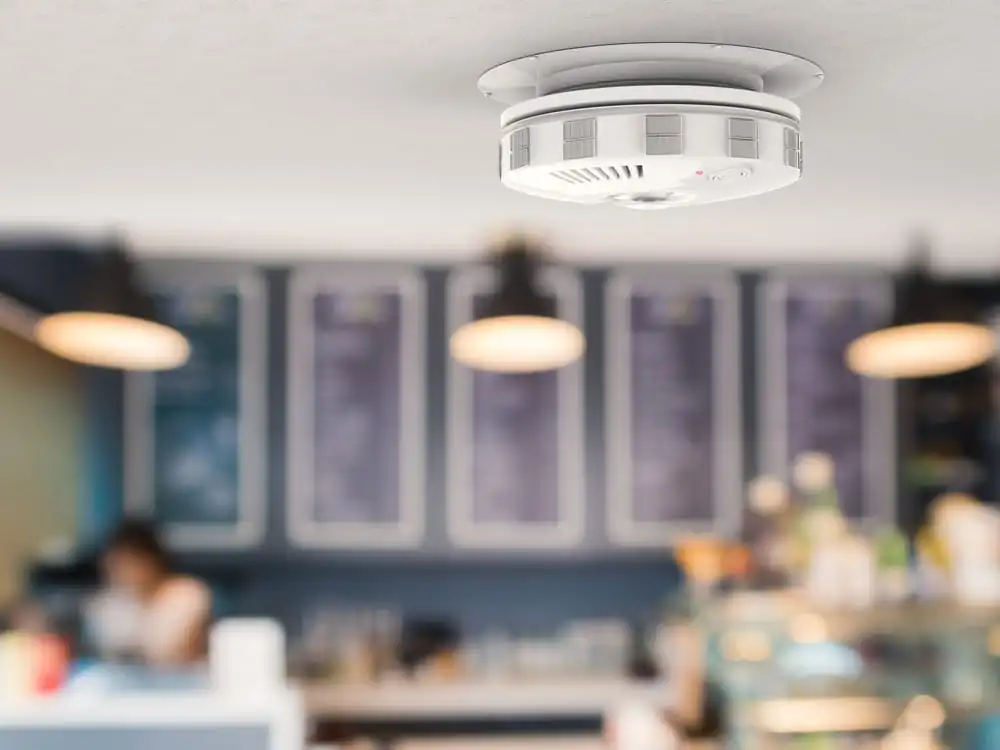 With winter on the way, it’s time to make early preparations to your home for the season. When the temperatures plummet and snow rushes down, all sorts of issues can arise, including fire safety risks, water damage and high energy bills. Here’s what you can do around your home to prevent most of these problems:
With winter on the way, it’s time to make early preparations to your home for the season. When the temperatures plummet and snow rushes down, all sorts of issues can arise, including fire safety risks, water damage and high energy bills. Here’s what you can do around your home to prevent most of these problems:
1. Prepare an entryway shoe storage. Since winter brings in snow, you will need an area to drop off your shoes and keep your floor clean and water-free. Consider investing in boot trays, hooks or cubes.
2. Sort out your garage. Move the tools you don’t need for winter, such as lawn mowers and weeders, to the back of the garage. In addition, bring forward the tools you will need to tackle the snow like snowblowers, snow shovels and sleds. Also consider laying down deicers in front of your garage to be prepared for the first time the ice hits.
3. Fend off pests. Critters like spiders and bugs are more likely to enter your home during winter due to the cold weather. Consider spraying the perimeter of your home with a critter repellant product.
4. Protect outdoor furniture. Make sure your patio furniture and outdoor heaters are protected from the elements. If you can’t bring them inside, protect them with covers. Don’t forget to clean the kids’ sand table and the grill.
5. Winterize your windows. If you have screens on your windows, take them down to let more light enter your home. Additionally, put draft snakes around windows to stop cold air from entering the home. For extra protection against the cold, seal gaps and cracks around windows (and doors) with weather stripping and caulk.
6. Empty plant pots. If you leave pots filled with clay outside during winter, they may crack when temperatures drop. Take them inside to prevent this, but if you live in a warmer climate, you can just empty the pots and leave them outside.
7. Have your furnace inspected. Before winter begins, have your heating system inspected by a professional to ensure that no problems arise when you need heating the most. Change the furnace filters each month during the cold season.
8. Do a fireplace check-up. If you have a fireplace, use a flashlight to check it for build-up, cracks or bird’s nests. Check the exterior of the chimney for crumbling mortar and broken bricks.
9. Insulate air ducts. On average, about 20 percent of the air that moves through the duct system is lost if your ducts are poorly sealed. To prevent this, have your ducts properly sealed and insulated; you will save on energy and reduce your annual electricity bill.
10. Check your smoke and carbon monoxide (CO) alarms. During winter, there’s an increased risk of heating equipment fires. Have your smoke and CO alarms inspected and replace the batteries before turning on the heat. Don’t forget to also test the smoke alarms monthly to ensure they’re working properly. Smoke alarms should be replaced every 10 years.
Check out more tips to prepare your property for winter in this article. During the cold season, there’s also an increased risk of power outages. Tips to prepare for winter storm blackouts are available here. For professional mold removal, as well as fire and water restoration services, contact your local PuroClean office.



